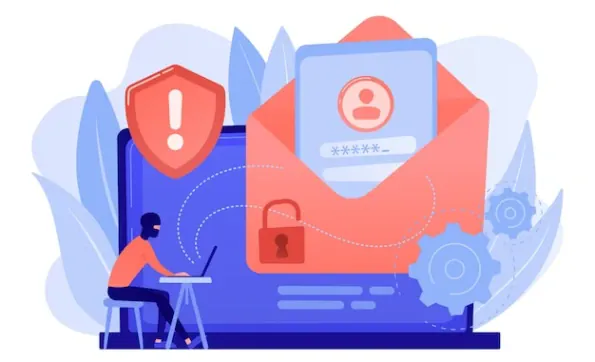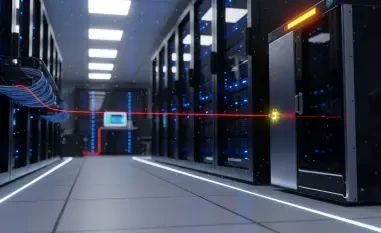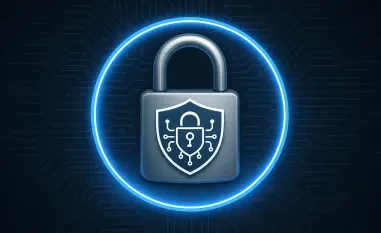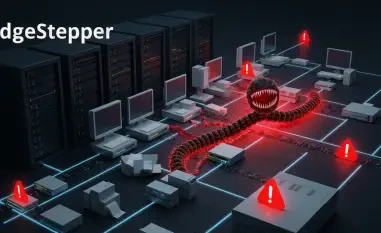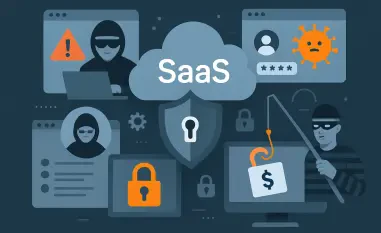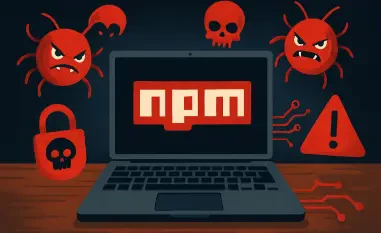The modern cybersecurity landscape is increasingly complex, with Advanced Persistent Threats (APTs) becoming a predominant concern. These threats are characterized by their high level of sophistication and persistence, often involving prolonged targeting and tailored strategies. This roundup gathers insights from various industry experts to explore how APTs utilize cloud services and advanced malware to achieve their objectives.
Cloud Services as a Double-Edged Sword
Cloud services play a crucial role in today’s digital economy, benefiting both legitimate businesses and malicious actors. A recurrent theme among security experts is the dual nature of cloud services. While they enable operational flexibility and scalability for businesses, they also offer an accessible platform for cybercriminals. APT groups such as SloppyLemming have exploited this by utilizing Cloudflare Workers for avoiding detection and establishing command-and-control infrastructures.
Industry leaders emphasize the importance of addressing the security challenges posed by cloud service misuse. As cloud services continue to integrate deeper into business operations, balancing innovation with robust security measures becomes essential. Ethical considerations also enter the dialogue, questioning the responsibilities of cloud service providers in preventing misuse.
Advanced Persistent Techniques
What sets APTs apart from other cyber threats is their ability to maintain prolonged operations within target networks. Experts highlight numerous cases where APTs have demonstrated exceptional persistence and precision. One notable instance involves Earth Baxia, which exploited vulnerabilities in OSGeo GeoServer to infiltrate critical sectors across Asia-Pacific.
In response, cybersecurity researchers continuously develop measures to counter such sophisticated threats. New defense mechanisms prioritize early detection and rapid response to minimize the impact of these tactics. The constant evolution of both offensive and defensive strategies represents an ongoing battle to secure sensitive information from these persistent adversaries.
The Role of Stealthy Malware in Persistent Threats
Stealthy malware is a cornerstone of APT operations, allowing them to remain undetected while executing their malicious activities. Industry professionals recognize the sophistication in the development and deployment of such malware. Cross-platform malware, such as Earth Lusca’s KTLVdoor, demonstrates advanced capabilities in evading detection while compromising both Windows and Linux systems.
Balancing technological advancement with increased risk is a growing concern. As malware becomes more sophisticated, traditional security measures must evolve to address the dynamic threat landscape. The development of next-generation cybersecurity solutions is crucial in mitigating the risks posed by these innovative malware strategies.
Collaborative Efforts Among APT Groups
Collaboration between different APT groups significantly amplifies their threat potential. Security analysts have observed resource-sharing and synchronized campaigns among these actors. Malware like Ares RAT and WarHawk has been shared between groups to bolster offensive capabilities, illustrating an increasing trend of cooperation among cybercriminals.
Understanding these collaborations is vital for developing comprehensive defense strategies. By recognizing shared tactics and resources, cybersecurity teams can better anticipate potential threats and prepare accordingly. This collaborative behavior among APTs underscores the importance of holistic and proactive security measures to combat the combined efforts of these groups.
Strategic Leverage and Defensive Best Practices
APTs gain significant leverage through their sophisticated use of cloud services and stealthy malware. Organizations must adopt best practices to fortify their defenses against these advanced threats. Regular vulnerability assessments and robust security protocols are essential in maintaining a resilient cybersecurity posture.
Proactive measures include implementing continuous monitoring, employing multifactor authentication, and fostering a culture of cybersecurity awareness within the organization. By staying ahead of these threats, companies can better protect their sensitive data and ensure strategic advantages against APT incursions.
Industry-Wide Collaboration and Continuous Improvement
Reflecting on the critical insights regarding APTs’ use of technology in cyber threats, vigilant and innovative cybersecurity practices remain paramount. The ongoing relevance of industry-wide collaboration and continuous improvement in security strategies cannot be overstated. The threat landscape evolves rapidly, and staying informed and adaptive is crucial.
As the cybersecurity community collectively addresses APT challenges, the emphasis on collaboration, innovation, and resilience will shape the future of defense against these sophisticated adversaries.
